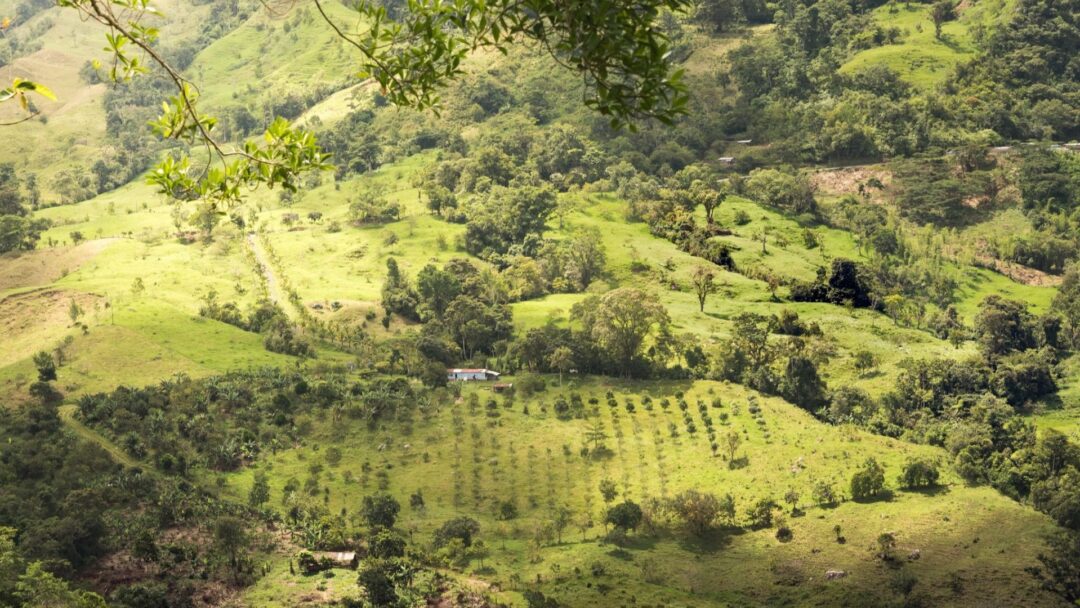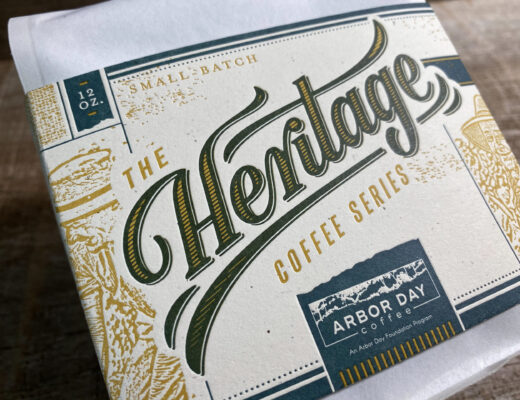It is not unusual for agricultural land to take on many forms throughout the course of a generation of farmers, especially when located throughout the sub-tropic regions of the world. A farmer might plant corn, beans, and soy before transitioning to livestock or coffee. Although it may seem small in scale, land use change can have a negative effect on environmental health and surrounding communities, while also contributing to nearly 15 percent of the global greenhouse gas emissions, specifically from acts of deforestation.

It can be a challenge not to point fingers at a specific industry for driving these issues, yet it is also hard to ignore the effects cattle production has had on the rain forests of Central and South America. Cattle requires large plots of land for grazing, and in mountainous areas, this can have devastating results. After years of grazing cattle on newly deforested hillsides, the land becomes exhausted of its soil health and the degraded pastures are left barren. These are not only prone to mudslides and other natural disasters but have reduced the amount of land that fosters biodiversity, providing little to no ecosystem services for the surrounding landscape.

Many of the farmers have recognized these abandoned plots of land as an opportunity for growth for coffee agroforestry systems. Agroforestry is any land use system that integrates trees with an agricultural crop. Within these systems, producers have multiple opportunities for income security, by harvesting other cash crops, such as fruits, nuts, or vegetables. Integrating trees throughout agricultural landscapes also mitigates negative impacts of climate change, such as buffering strong winds or excessive rainfall, or extreme temperature fluctuations. Trees also provide soil nutrient cycling, store moisture in the soil, and help provide shade to certain delicate coffee varieties. The only challenge comes with a noticeable reduction in yield in the short term, but the long-term residual financial investment has shown to outweigh the short-term gains. Considering that trees also provide food, fuel, and fiber, along with free fertilizer, and support the natural ecological mechanisms for insect control and regulating plant disease, agroforestry will become a popular form of agricultural production.
Several coffee plant varieties thrive under forested canopy, although not all varieties are shade tolerant. This is an important factor for the producer to consider, along with the final cup quality and yield potential. Not only do coffee plants thrive under shade, but so do the people who harvest it during the day. I can testify with first-hand experience that harvesting coffee under the full sun for hours a day quickly becomes a sweaty job, but under shade, the harvesting of coffee can become meditative.

Cattle also enjoy shade. Shade is well-known to improve the quality of life for livestock. There’s a word for it: Silvopasture, which is an agroforestry system combining trees and livestock, with cover crop for foraging.
So yes, cattle, coffee, trees and people can share the land, but the real pressures come from low prices, limited landholdings, and a demand for higher yields to compensate for low prices. So when you hit the supermarket or go online to source your next bag of coffee, it’s okay to pay a little more for shade-grown, organic, or fair-trade coffee, knowing that it was harvested under the shade, improved soil health, and provided an environment that will last longer than degraded lands that come with full sun production. Paying more and selecting coffee that specifically asks for shade-grown practices may also help encourage landowners to hold onto those trees, rather than remove them, if they are seeing a profitable return on their investments in the forest.
Learn more about our shade-grown practices at arborday.org/coffee.





